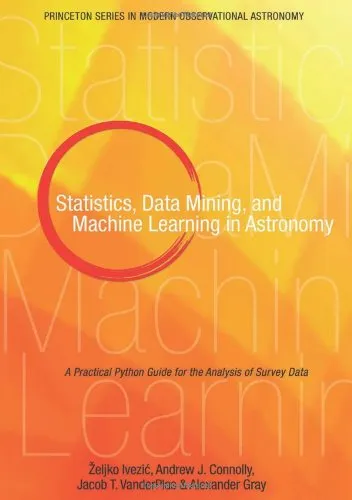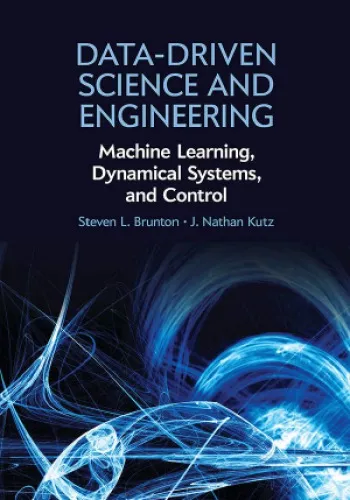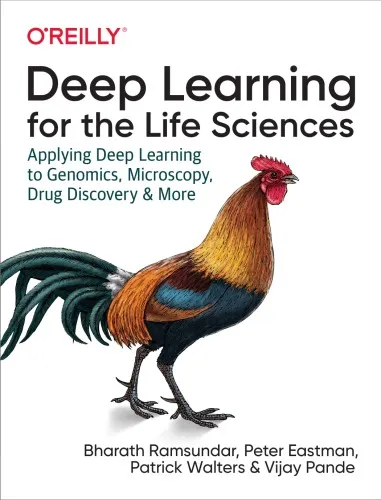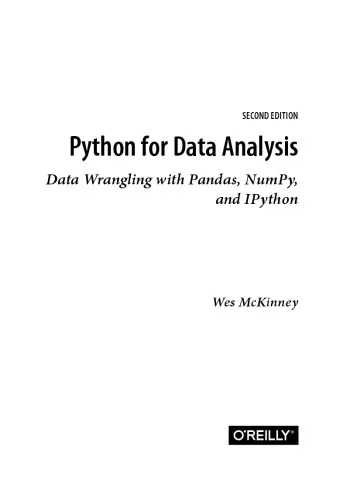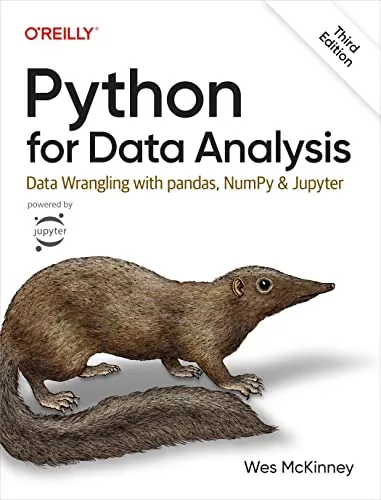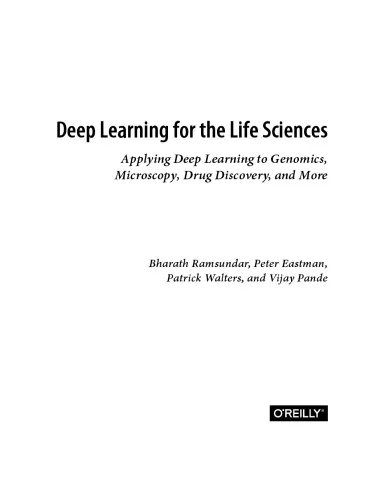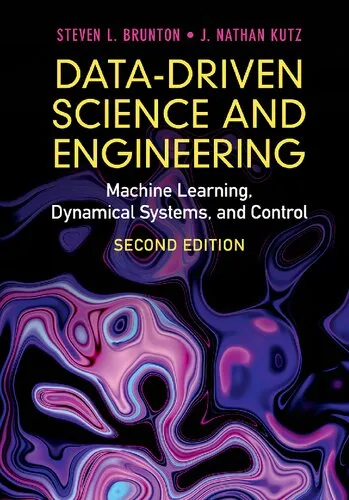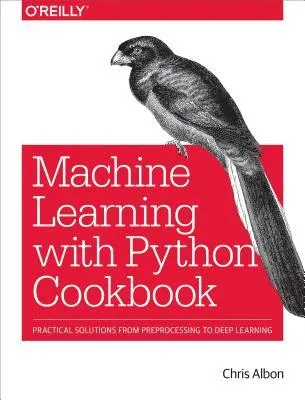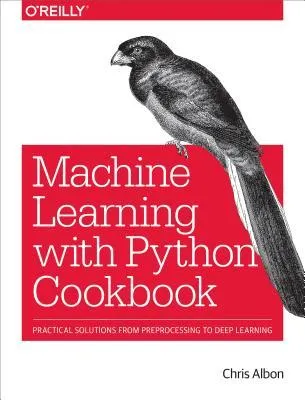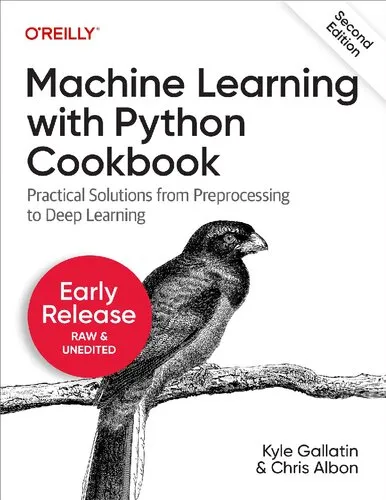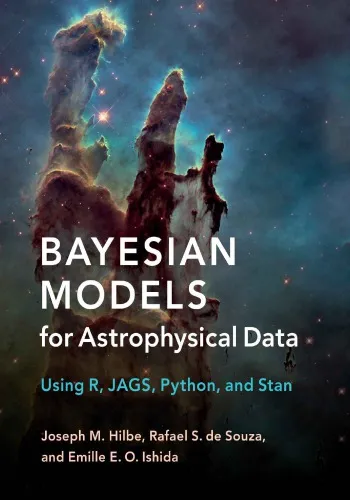Statistics, Data Mining, and Machine Learning in Astronomy: A Practical Python Guide for the Analysis of Survey Data
4.5
Reviews from our users

You Can Ask your questions from this book's AI after Login
Each download or ask from book AI costs 2 points. To earn more free points, please visit the Points Guide Page and complete some valuable actions.کتاب های مرتبط:
Introduction to 'Statistics, Data Mining, and Machine Learning in Astronomy'
Welcome to 'Statistics, Data Mining, and Machine Learning in Astronomy: A Practical Python Guide for the Analysis of Survey Data.' This comprehensive book blends the realms of astronomy and data science, offering an essential guide for astronomers looking to harness the power of computational techniques.
This book is crafted to provide readers with a practical guide to implementing data-intensive techniques to better analyze and interpret astronomical survey data. With the rapid growth in data collections over the past decade, astronomers and researchers face new challenges and opportunities that computational methods can address. The aim of this book is to empower its audience with the knowledge to make meaningful discoveries through data analysis.
Detailed Summary
'Statistics, Data Mining, and Machine Learning in Astronomy' is an interdisciplinary book that serves as a bridge between complex statistical methods and their real-world applications in the field of astronomy.
The book starts with a foundational overview of the astronomical landscape and the nature of survey data that researchers encounter. It delves into the statistics that are vital for interpreting this data, moving from basic to more sophisticated statistical techniques. Following this, the book explores data mining and machine learning techniques, providing a detailed approach to applying these methods in the field of astronomy.
Readers will find rich practical examples and Python code snippets to help them grasp complex concepts and apply them to real datasets. The book's logical progression from basic statistics to advanced machine learning ensures that learners at various skill levels can follow along and build upon their understanding.
Throughout, the authors strive to maintain a balance between theory and application, ensuring that the readers understand not just the 'how' but also the 'why' behind each method covered.
Key Takeaways
What will you learn from this essential guide?
- Understanding the nature and format of astronomical survey data.
- Core statistical methods necessary for data analysis in astronomy.
- Techniques for data mining and how to deploy them effectively.
- Key machine learning algorithms and their applications to astronomical data.
- Practical Python coding skills tailored for astronomical data analysis.
- Insight into choosing the appropriate computational methods for different types of data challenges.
Famous Quotes from the Book
"In the era of big data, the ability to extract meaningful information from vast collections of survey data is as essential as the telescope itself."
"The line between discovery and data is increasingly blurred. The key lies in our statistical approach and computational tools."
Why This Book Matters
In a rapidly evolving field, this book stands as a cornerstone text at the intersection of astronomy and data science.
The importance of 'Statistics, Data Mining, and Machine Learning in Astronomy' is in its pragmatic approach to educating professionals and academics in both the nuances of astronomy and the techniques of data analysis. By equipping astronomers with the tools of data science, this book aids in breaking down complex data sets into comprehensible segments, allowing researchers to visualize, interrogate, and derive insights from them.
This book is particularly well-suited for those who not only wish to comprehend the current state of data-driven astronomy but also seek to contribute to the advancement and innovation within this exciting field. As traditional methods in astronomy become complemented by computational strategies, the insights provided here become not only relevant but imperative.
Free Direct Download
You Can Download this book after Login
Accessing books through legal platforms and public libraries not only supports the rights of authors and publishers but also contributes to the sustainability of reading culture. Before downloading, please take a moment to consider these options.
Find this book on other platforms:
WorldCat helps you find books in libraries worldwide.
See ratings, reviews, and discussions on Goodreads.
Find and buy rare or used books on AbeBooks.
1384
بازدید4.5
امتیاز0
نظر98%
رضایتReviews:
4.5
Based on 0 users review
Questions & Answers
Ask questions about this book or help others by answering
No questions yet. Be the first to ask!
